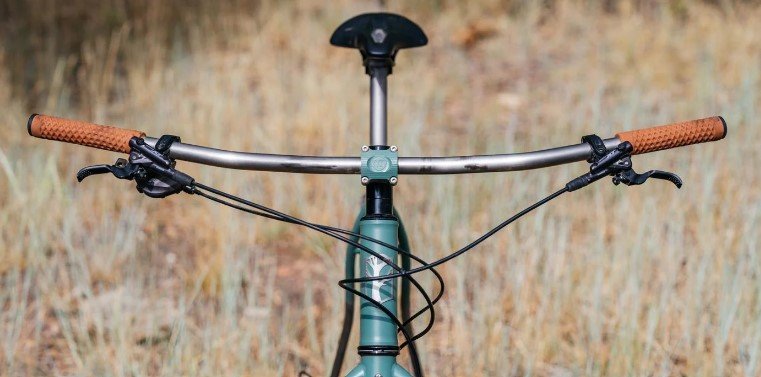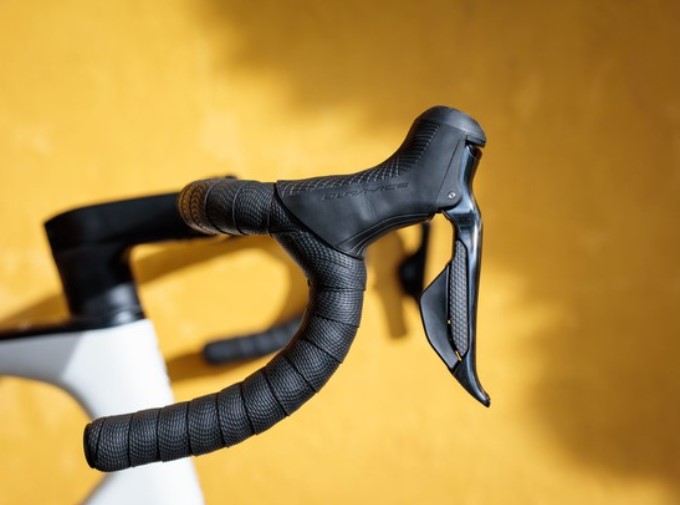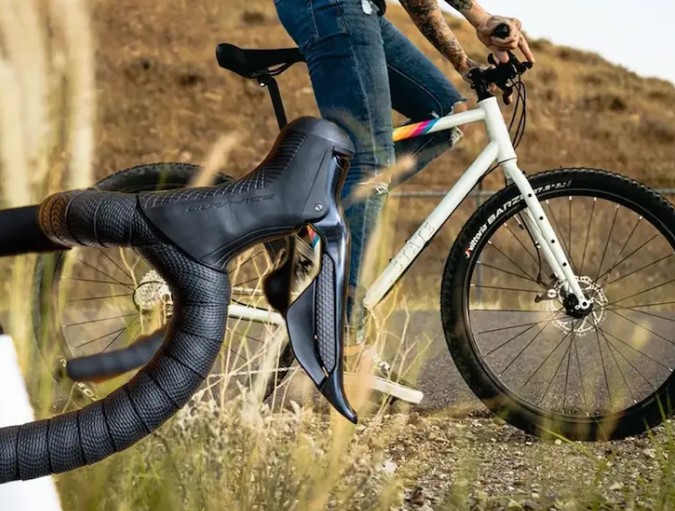In the world of cycling, the debate between flat bars and drop bars is a subject of much discussion and intrigue. This blog post aims to delve into the intricacies of these two popular handlebar styles, helping cyclists understand the nuances of each and make an informed decision. Whether you’re a casual rider, a city commuter, or a performance-focused athlete, the choice of handlebar can significantly impact your cycling experience. By exploring the advantages and considerations of flat bars and drop bars, this post will help you figure out making the right choice for your cycling needs and preferences.
Understanding Flat Bars: A Symbol of Simplicity and Versatility

Drop Bars: Embracing Aerodynamics and Performance

Drop bars, a super important component of road cycling, enhance both aerodynamics and control, making them indispensable for racers and daily riders alike. These bars, available in various shapes and sizes, cater to diverse riders and riding styles. Predominantly crafted from aluminum or carbon fiber, they strike a balance between lightness and strength.
Key Benefits:
- Improved Aerodynamics: Drop bars enable a more aerodynamic posture, conserving energy and boosting speed.
- Enhanced Control: Particularly beneficial in cornering and descending, they offer superior bike control.
- Reduced Fatigue: By evenly distributing weight, these bars help alleviate fatigue.
Varieties of Drop Bars:
- Round Bars: Traditional and straightforward, they are ideal for those valuing comfort and control.
- Aero Bars: Engineered for optimal aerodynamics, their flattened shape minimizes drag, perfect for racers or speed enthusiasts.
- Compact Bars: Merging the features of round and aero bars, they offer a balance of comfort and aerodynamic efficiency.
Choosing the Right Drop Bars: The selection process is highly individualized. Experimenting with different shapes and sizes, and considering your riding style and objectives, is key. Beginners might start with round bars, while more experienced cyclists can explore various types to find their perfect match.
Versatility of Drop Bars: These bars are not just for racing; their adaptability extends to everyday cycling as well. They are an asset for enhancing performance, comfort, and control, making them a multifaceted component in the cyclist’s arsenal.
Navigating the Flat Bar vs. Drop Bar Conundrum

Choosing between flat bars and drop bars is a decision that hinges largely on personal cycling goals and preferences. Flat bars are the go-to choice for those who value comfort, ease of use, and versatility. Their simple design and upright position make them ideal for a wide range of activities, from casual cycling to commuting and leisurely excursions. On the other hand, drop bars are tailored for cyclists who prioritize speed, efficiency, and performance. Their aerodynamic design and multiple hand positions allow for a more dynamic riding experience, suited to the demands of road racing and long-distance cycling. Understanding your primary cycling objectives is key to making the right choice between these two distinct handlebar styles.
Considerations Beyond Performance: Comfort, Control, and Safety
While performance is a super important aspect in choosing a handlebar, comfort, control, and safety are equally important. Flat bars are generally more comfortable due to their upright position, which minimizes strain on the neck and back. This ergonomic advantage is particularly beneficial for longer rides or for cyclists with existing back or neck issues. The straightforward design of flat bars also offers superior control, with brake levers and gear shifts easily accessible, enhancing the overall safety of the ride.
In contrast, drop bars may require more effort to achieve a comfortable position due to their lower, more aggressive stance. The multiple hand positions available on drop bars, while beneficial for performance, can take time to get accustomed to. However, with proper adjustment and fit, the initial discomfort can be mitigated, allowing cyclists to enjoy the performance benefits of drop bars. Safety considerations also differ with drop bars, as the lower position can affect visibility and the reach to brake levers may vary based on the hand position.
Conclusion
As you continue to explore the vast world of cycling, remember that your handlebar choice is just one aspect of a much larger picture. The type of bike, the terrain you ride on, and your physical conditioning all play a role in your overall experience. If you’re looking for more information on bikes, gear, and cycling tips, be sure to visit our homepage at Best Bike Parks for comprehensive guides and expert advice.
Choosing the right handlebar is a super important step in crafting your unique cycling journey. Whether you’re a casual rider seeking comfort and ease or a competitive cyclist pushing for performance, the right handlebar can make all the difference. So, take the time to consider your options, try out different styles if possible, and select the handlebar that best suits your needs and aspirations. Happy cycling!







